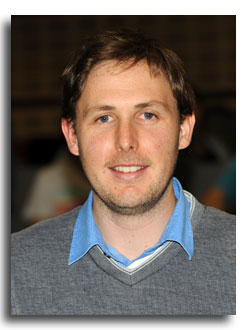
Abstract
This presentation will discuss anodically grown silicon dioxide films for the surface passivation of silicon solar cells. These anodic SiO2 films are formed by two processes, (i) by applying a positive 30 V bias across two silicon wafers immersed in nitric acid (HNO3) and (ii) by applying an alternating ±30 V bias across two silicon wafers immersed in HNO3.
After annealing these films at 400 ºC in oxygen and forming gas, a low surface recombination velocity of S < 20 cm/s is achieved. It will be shown that the SiO2 thickness increases as the HNO3 concentration is decreased, indicating water is the primary source of oxygen for the anodic oxidation process. It will be demonstrated that the HNO3 purity has a substantial impact on the repeatability of S. When the HNO3 impurity level is in the parts per million range, S of 10–1000 cm/s results. However when the impurity level is reduced to parts per billion, S ranges between 15–30 cm/s. It will be shown that these anodic SiO2 films degrade when exposed to the ambient air, however from our investigation, it is found that water moisture is the main source of degradation observed in these anodic SiO2 films.
It is demonstrated, that a simple, low temperature anodic oxidation procedure provides a level of passivation that is suitable for high efficiency devices.
Click here to see all available video seminars.
Click here to go to the SPREE HOMEPAGE.
Brief Bio
Nicholas Grant received his B.Sc degree with first class honours in physics from the University of Adelaide, S.A, Australia in 2007 and his PhD degree in engineering (photovoltaics) from the Australian National University, Canberra in 2012. Currently he is an ASI postdoctoral fellow at the Australian National University conducting research in the Centre for Sustainable Energy Systems. His area of research is developing low cost dielectric films for PV devices and enhancing the efficiency of sliver solar cells.
